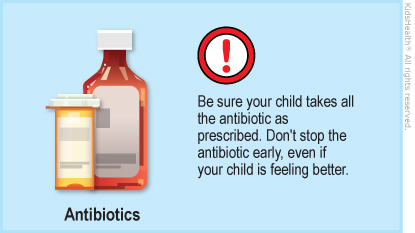Lyme arthritis is a symptom of Lyme disease, an illness caused by a type of bacteria (germ). The bacteria can spread to humans through the bite of a tiny deer tick (also called a black-legged tick). In arthritis, a joint is inflamed (red, swollen, and painful). Lyme arthritis often goes away after treatment with antibiotics. Diagnosing and treating it early can help avoid problems later.



Your child:

What causes Lyme arthritis? Lyme arthritis happens after a person is bitten by a tick infected with the bacteria that cause Lyme disease. If the tick stays on long enough (1–2 days), it can transmit the germ. If the infection isn't treated, it can spread to different body parts, including joints. This can happen weeks or months after a tick bite, even if a person doesn't know that a tick bit them.
How is Lyme arthritis treated? Lyme arthritis is treated with oral (taken by mouth) antibiotics, usually for 28 days. If the antibiotics don't help, your child may get antibiotics again, either by mouth or through an IV (intravenously).
How can I protect my family from tick bites? Deer ticks live in tall grass and bushes. Follow these outdoor safety tips when you go into an area that may have ticks: